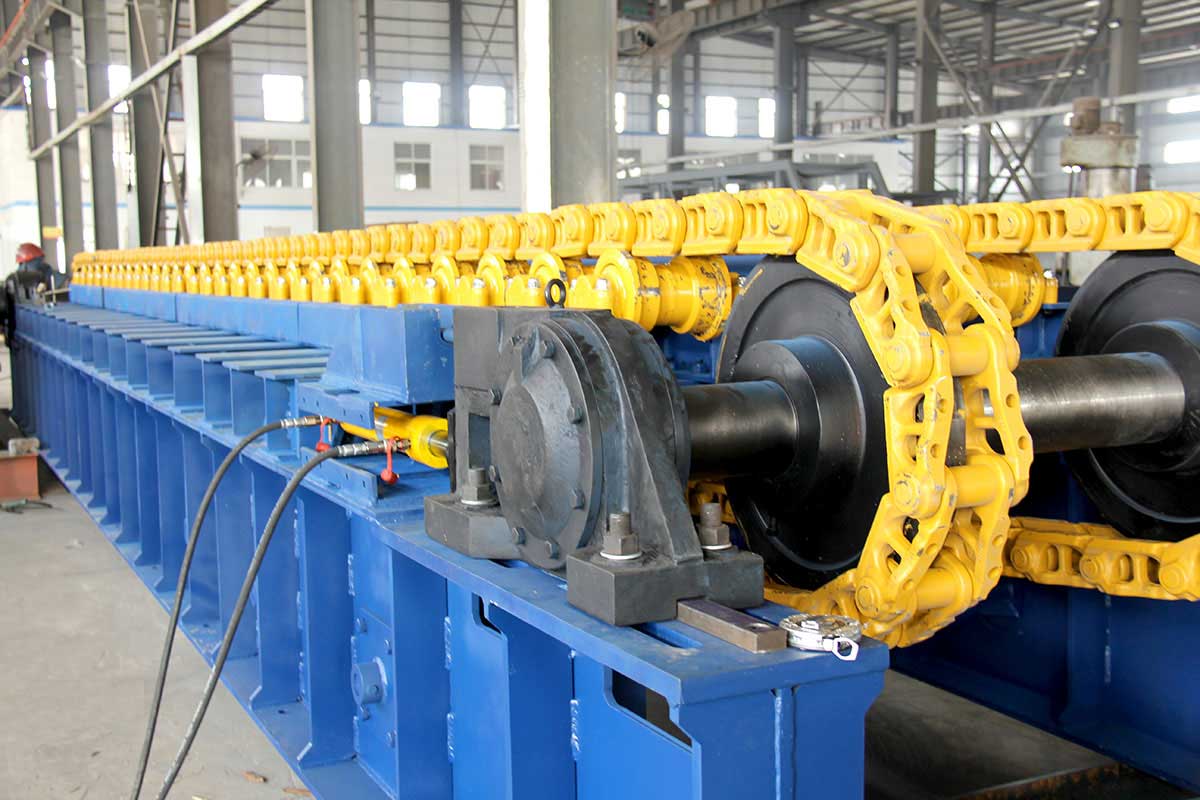In the production of coal gangue sintered bricks, the apron feeder is widely used in the raw material transportation and preparation system. It is characterized by a large transportation capacity and uniform feeding, and it can also be fed by adding a motor frequency converter to achieve step-less control of the feeding amount.
However, through years of use, it has been found that the stability of the apron feeder needs to be improved. The specific performance is that the loading plate and the load-bearing shaft are prone to deformation under the impact of materials and cause mechanical accidents.
Brief introduction of apron feeder
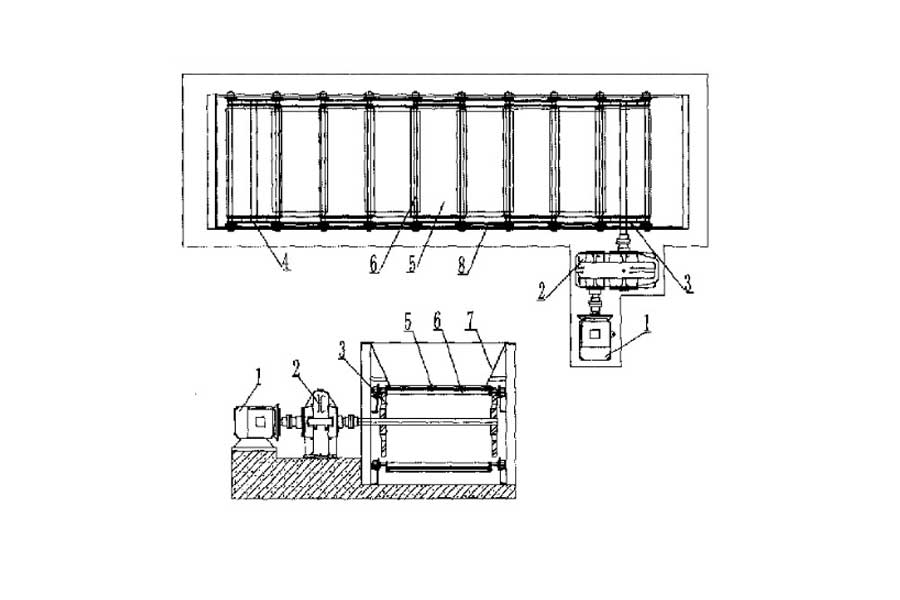
The apron feeder is a material transportation equipment, and its main components include a motor, reducer, driving wheel, guide wheel, loading plate, load-bearing shaft, trough, chain plate, and other parts. When the trough is full of materials, the loading plate and the load-bearing shaft are cycled through the motor, reducer, driving wheel, chain plate, guide wheel, and other driving devices, thereby driving the material to be transported and reloaded, and the size of the feeding amount is given by frequency conversion. The control of the feeding amount and particle size can also be realized by installing a grid plate above the trough.
Apron feeder stability
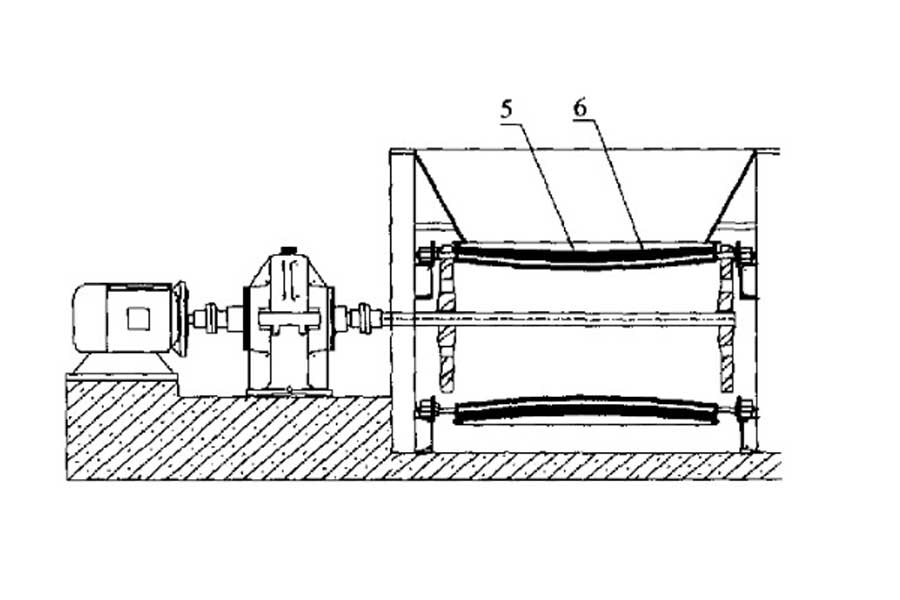
The apron feeder has been widely used in the production of coal gangue sintered bricks, and its application effect has been recognized. However, there are also shortcomings in the apron feeder. The specific performance is that the loading plate and the load-bearing shaft are prone to impact deformation during the loading process, and the wider the feeder is, the more obvious the deformation is. After the loading plate and support shaft are seriously deformed, mechanical failures occur frequently, which has a certain impact on production. At the same time, when the trough is full of materials, it is also difficult to deal with the accident. The only way to solve this is to carry out a regular complete replacement of the loading plate and the load-bearing shaft, which will inevitably increase the capital investment of the enterprise.
Two important design improvements for apron feeders
The loading plate and load-bearing shaft of the apron feeder are severely deformed by the impact of the material, resulting in mechanical failure. The main reason is that the loading plate and load-bearing shaft are concentrated in force, and the middle part of the loading plate lacks a support device. To reduce mechanical accidents and reduce enterprise capital investment, so that the apron feeder can play its due role, it is necessary to make a design for the support device in the middle of the loading plate. Therefore, the author makes the following improvements after careful research and analysis.
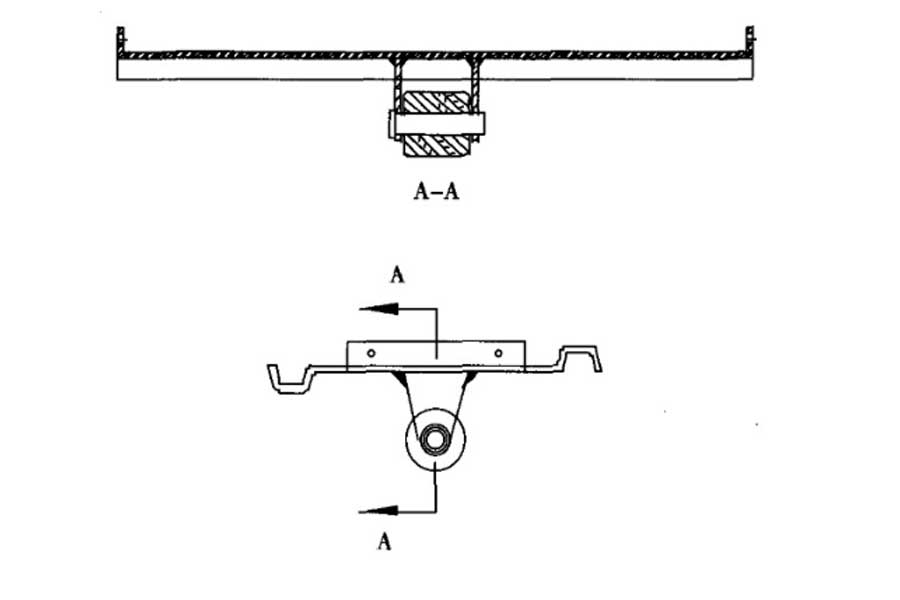
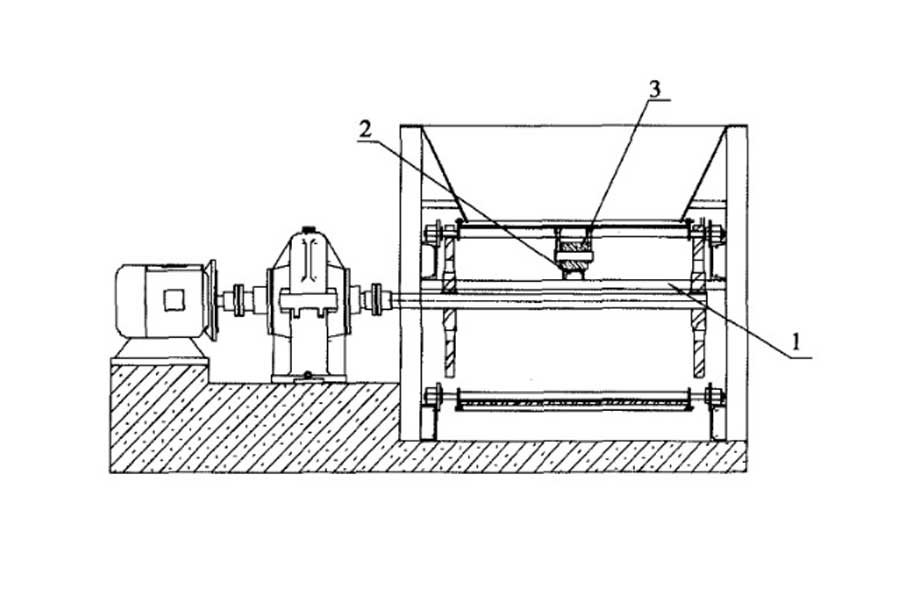
- First, add support wheels in the middle of the loading plate, and then install slideways and load-bearing beams in the frame of the feeder.
- After adding support wheels to the loading plate, the impact force in the middle of the loading plate is offset to prevent its deformation through the slideway and load-bearing beam installed in the frame of the feeder, which can ensure the stability of the equipment and reduce mechanical accidents possibility of occurrence.
Works Cited: Apron Feeder: Basics, 3 Types, 4 Features, 5 Diffs, 6 Pros
